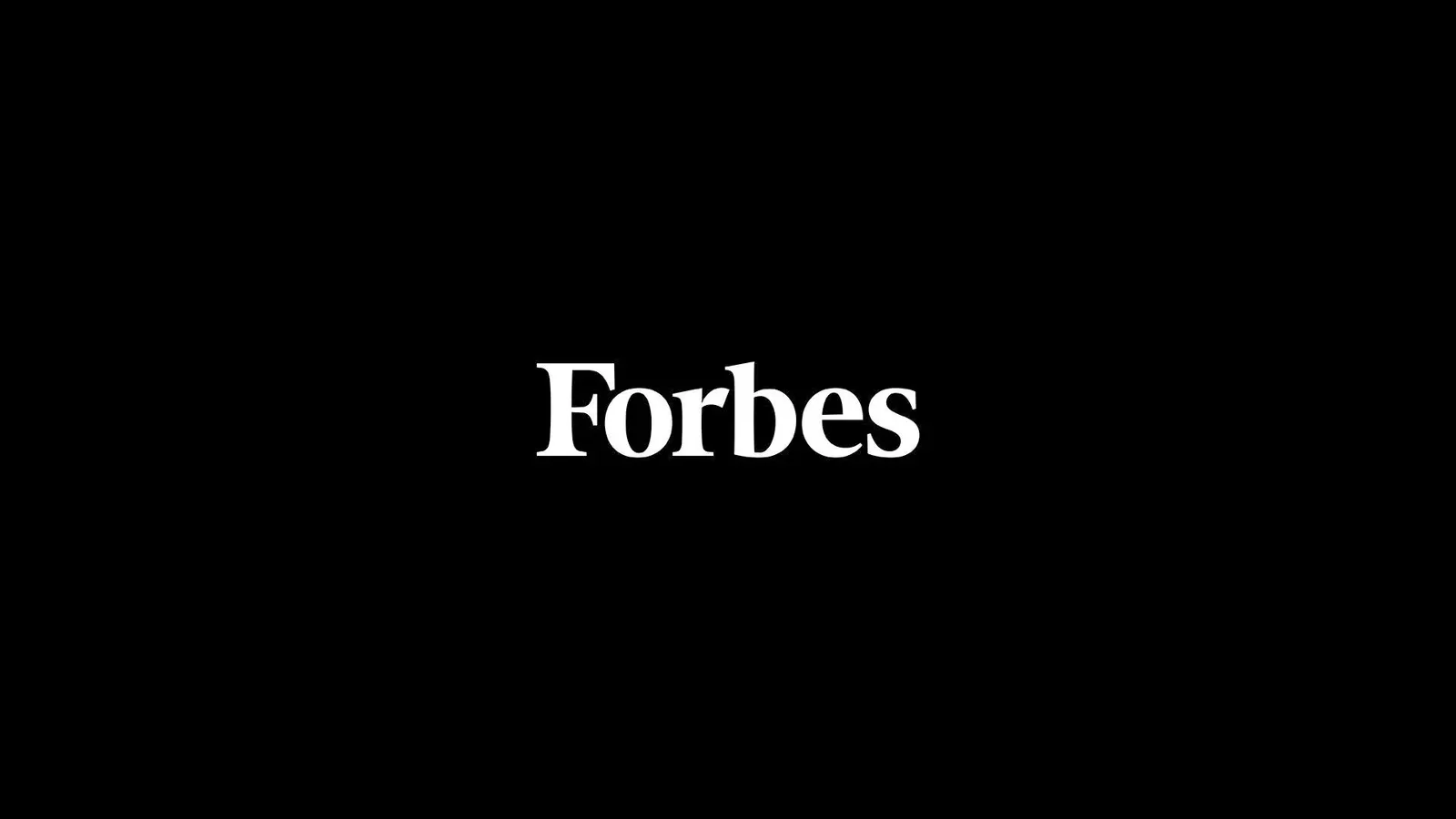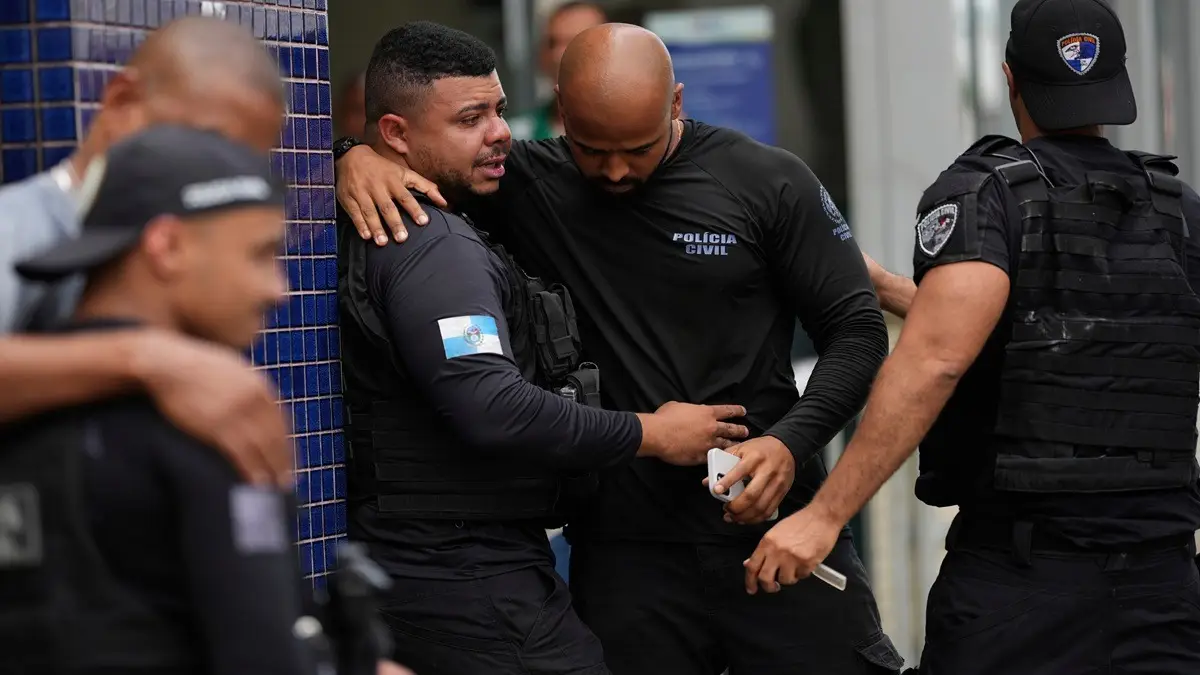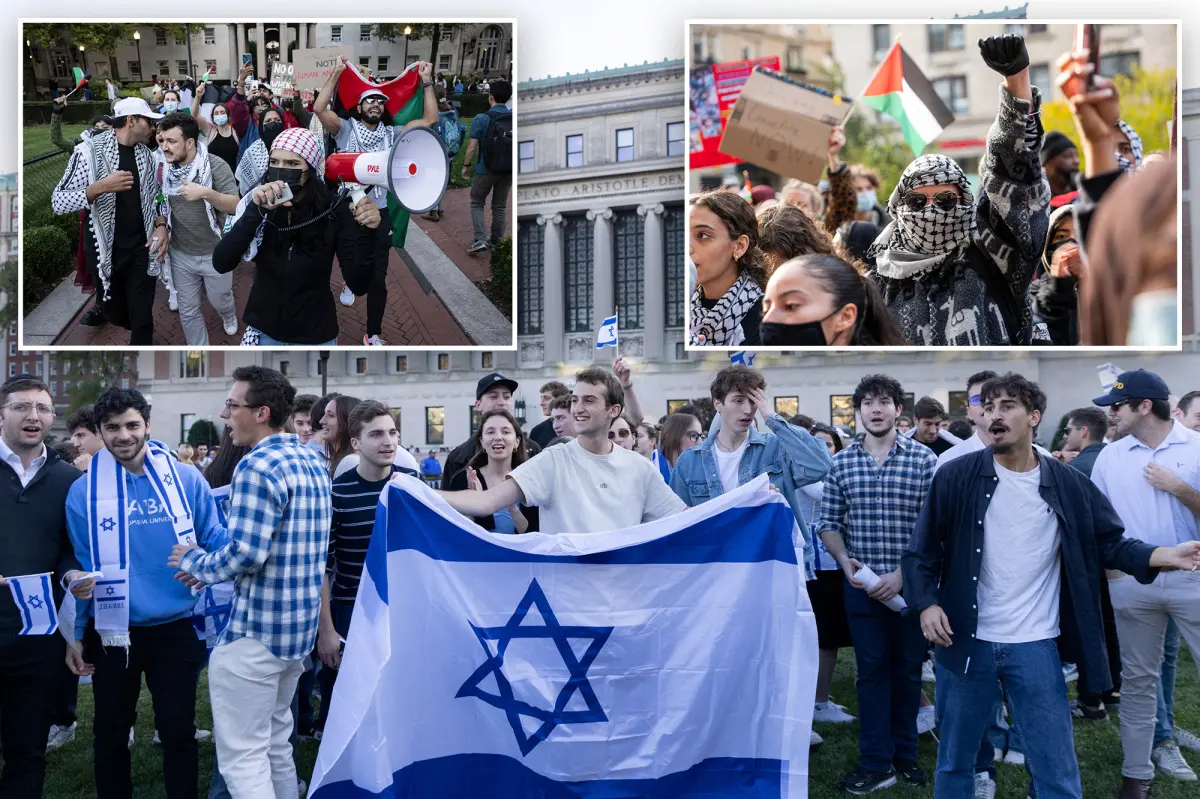Copyright The Philadelphia Inquirer

I didn’t fall in love with the natural world on safari. I fell in love with the natural world around us on a city block. As a kid growing up on Chicago’s South Side — a granddaughter of the Great Migration — I had to learn to pay attention to the world existing around me to keep myself and others safe. City kids often have great observational skills out of necessity of city living — which I’ve always thought is a great skill for a career in STEM, and I wish more had the opportunity to cultivate it. Porch sitting showed me that the natural world wasn’t “out there.” It was right here — the dog I grew up with, the squirrels and worms in my yard, the mice, cardinals, blue jays in my neighborhood, the ring-neck pheasants along the railroad tracks. With that realization, this city kid made the connection that I was a part of a wider, living world. That sense of belonging is what drew me to a life in conservation and, eventually, to Philadelphia, where I’m honored to lead our nation’s first zoo, chartered in 1859. I am a scientist by training and a translator by necessity. I’ve spent my career connecting the rigor of biology to the rhythms of everyday life — listening to what matters to communities and linking that to complex biological or ecological concepts in fun and creative ways. This translation work started at Chicago’s Brookfield Zoo, where I built neighborhood advisory boards so decisions weren’t made about people, but with them. My work continued in St. Louis, where I helped develop WildCare Park, a 425-acre habitat project designed to connect people and animals in new ways. And it guides me now. In 2023, I became the first woman and African American to lead America’s first zoo, and in my role, I think deeply about this. While I’m a natural introvert, I recognize my presence has an impact. A child seeing someone who looks like them working as an animal care specialist or a conservation educator can change what they imagine for their own life. Widening the conservation circle propels me every day. » READ MORE: What we can learn from bats and Black kids: Challenging misunderstood narratives | Opinion I would argue that today, an accredited urban zoo is no longer simply a place to visit on a Saturday afternoon. Done right, it can serve as vital civic infrastructure — a partner in education, health, climate resilience, conservation, and community identity. Imagine a city with great health indicators, high levels of academic achievement, stable communities, a thriving business community, and high, livable-wage employment. What if one of the tools to help get there was conservation — wildlife conservation for social good? The best accredited urban zoos don’t only care for animals. We also help people connect and care for one another, and for this planet that we all share with wildlife. For the Philadelphia Zoo, this shows up in various ways, some of which you might not expect. The zoo has welcomed more than a million low-income students who receive federal Title I funding for free. We serve more than 130,000 school kids on field trips each year. The zoo also provides context for classroom content across subjects, through free online lesson plans and virtual offerings. We host Community Nights with a back-to-school theme, which include free haircuts and backpacks. We offer programs for neurodivergent children and their families. We take our work off campus to the airport and to West Philly schools, meeting people where they are — literally on their blocks. You’ll see it in our Zoo360 trails, too — overhead pathways allowing animals to explore the campus safely, while inspiring similar corridor projects for endangered species in the wild. Our staff contribute to fieldwork in Brazil to protect golden lion tamarins, or care for endangered Rodrigues fruit bats whose pollination supports the ecosystems that people rely on. Our hatching of critically endangered Galápagos tortoises — yes, that happened here this year — connected wonder to conservation and to community, bringing global visibility to Philly with over 10 billion impressions. The Carey Bear Country transformation is a $20 million reinvestment that will give our bears more space and choice. The project will also increase the zoo’s $114 million annual economic impact in the Philadelphia region, which sustains about 750 jobs each year. Urban zoos are at a pivotal moment in which we have the chance to choose to broaden our missions to be of greater service to our communities beyond a visit. Leaders of zoos, aquariums, and other manmade animal habitats can cling to a narrow definition of our purpose and fade into the background of civic life. Or, we can enter a new social contract with the communities we serve — by codesigning spaces, offering programs that deliver real benefits for people and wildlife, and succeeding because of our impact, not just our attendance. As a newer Philadelphian, I can see a Philadelphia where conservation for social good can help lead to better, healthier, thriving communities for people and wildlife. I choose the second path, because cities like ours need and deserve places where children and grandparents stand shoulder-to-shoulder — at their local zoo, or at a park, or even on their porches — and recognize that through nature and wildlife, we are part of something bigger than ourselves.



